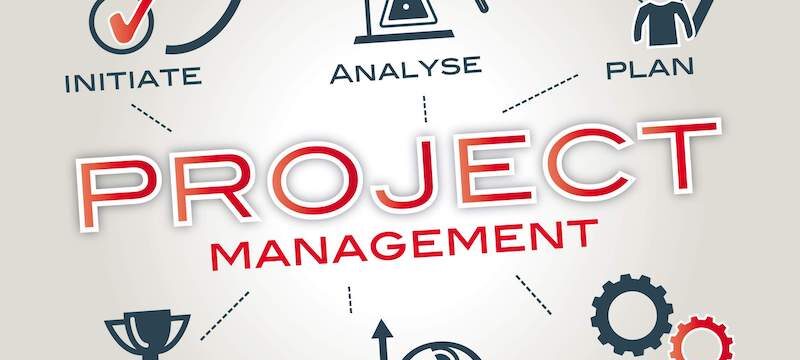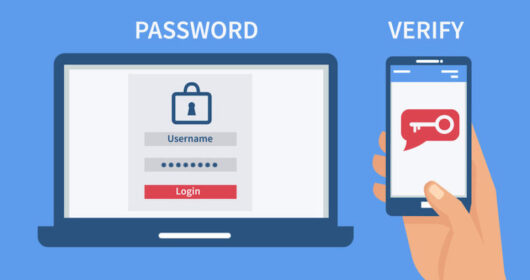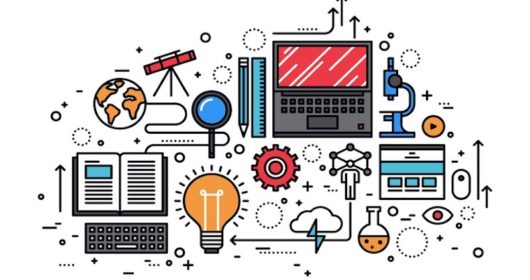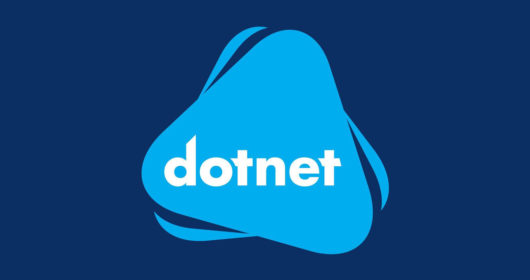10 Best Project Management Techniques You Must Know About

What is a project? It is a goal which a team needs to attain to fulfil a specific purpose. It involves intensive tasks which can be daunting if not tackled well. Whether it be about event management or cracking a business deal, a project can be of all sorts.
With each project comes a new set of challenges and targets. However, the good part is you can resolve it all by following some integrated methodologies. This does not mean that there is a well-defined path to achieve your way, but definitely there is a way towards it. How does the project management system take place? What are the several techniques implemented?
Let us walk you through it.
What is project management?
Project management is like an umbrella. It covers the various aspects of project completion. Right from setting up the goals, planning, executing and finally achieving them, it involves all of it. Alongside, it also involves the role of project managers and stakeholders in managing the complete process. With the advent of technology, the majority of people are now using task management software to make the process streamlined and efficient.
Here are all the features we provide:
# Pre-requisite tools for self-management
# Check the project progression
# Denotation of the project timeline
# Task allocation to the team
# Project accountability
# Task prioritization
# Document integration
10 best project management techniques
The project management system involves several techniques. These can either be traditional or innovative. It varies for every company and project complexity. Even though every project has different requirements, the techniques followed by each one have common methods. We’ve listed the best techniques involved in a project management system.
1. Classic technique:
This is also known as the traditional technique. It does not involve major technicalities. Rather, it involves a simple process of preparing a project framework. This is followed by task allocation and completing them to achieve the goals. This is implemented for small projects which do not require a complex process. It is appropriate for completing projects by small teams.
2. Waterfall technique:
It is more like the classic technique, just with a different approach. This technique involves performing the tasks in a sequential manner. Once you complete the previous tasks, then only you can move onto the next one. While implementing the technique, you can use Gantt charts for monitoring the progress. This provides a visual representation of the various phases and helps the team to stay updated. Unlike the classic technique, one can use this for complex projects as well. It allows you to work on the rigid structure easily.
3. Agile project management:
This follows a value-centred approach. It involves division of a complete project into short sprints. This helps in adaptive planning followed by continuous improvements. Following this approach leads to maximizing productivity. The techniques included in this method are Scrum, Kanban, etc. For the projects which involve continuous iterations and are managed by small teams, this approach is used. This one works well with both short term and long term projects.
4. Rational unified process:
RUP is used by teams mainly involved in software development and other such projects. It uses a process of iterative development. Under this process, feedback is taken from users which help in future planning. In this process, the major target is user satisfaction.
5. Program evaluation and review technique:
It is abbreviated as PERT. This one follows a detailed and complex procedure. The major part of this technique involves tasks analysis and tracking throughout the project journey. This project management system involves solving all challenging situations. It works well with long-term projects.
6. Critical path technique:
This is usually used in conjunction with the PERT method. Under this technique, the longest path of project completion is detected and the risks are taken into consideration. This also involves looking at the critical tasks, which need to be fulfilled within a specific deadline and require attention. This technique is mainly used in scenarios which involve critical deadlines and specific delivery terms.
7. Critical chain technique:
This technique involves collaborative methods from the critical path and PERT technique. This lays its major focus on resource planning and flexibility. It involves expense optimization, analysis of dependencies, and prioritization. This technique works best for projects with limited resources. It is a good idea to use task management software for maximum optimization and productivity.
8. Extreme project management:
It mainly involves an open approach to the project management system. It reduces deterministic management. Instead of formal phases, it is based on human factors. Under the EXP, you may have to work in unpredictable circumstances to manage complex projects.
9. Kanban approach:
It mainly involves task management. The complete project is divided into tasks and various stages. This is further allocated to the team depending on their skills and efficiencies. Once a task is completed, it is marked as done and the team can move forward with the next stage. Usually, this involves denoting the tasks using visual cards. This allows the team to track tasks easily and understand workflow efficiency.
10. Prince 2:
This is quite similar to agile project management. PRINCE stands for Projects IN Controlled Environments. While it was earlier incorporated by government sectors. Nowadays, even private sectors are utilizing them massively. Under this, the complete business framework is broken down to lay clear emphasis on every step. This helps in calculating the risk mitigation, business scope and analysis of costs.
Conclusion:
To summarize, these methodologies work well for handling project management well. Alongside, the businesses can also incorporate task management software. This helps in streamlining the tasks and workflow. So, with all the techniques in hand, you can easily have a well-adapted project management system.
Subscribe & Get E-Mail Updates Delivered
Our informative Design related articles featuring the latest Resources for Web Designers & the Web get delivered via email dialy. Thousands of readers have signed up already. Why don't you subscribe as well, and get articles delivered to your inbox?






Leave a Reply